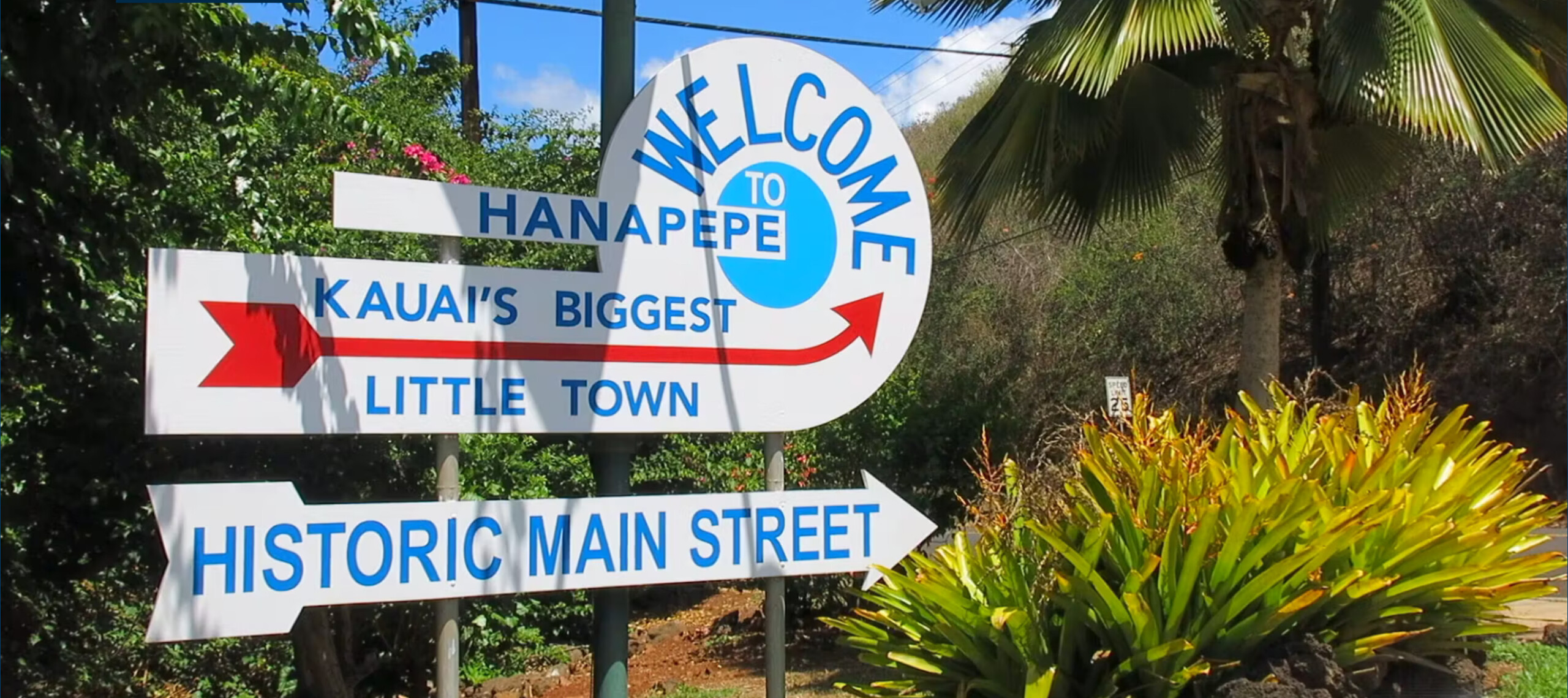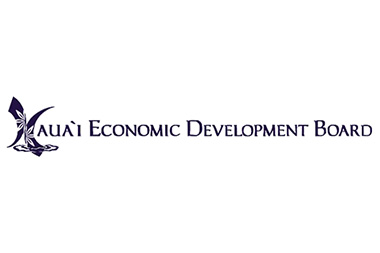By Tommy Noyes

The new roundabout at the intersection of Kuhio Highway and Mailihuna Road near Kealia Beach calms traffic and increases safety for Kapa‘a High School students. Contributed photo by Tommy Noyes
Two individuals have reached the point of retiring from their county jobs and deserve recognition for their central roles in advancing safer walking and bicycling on Kaua‘i.
As Chief of Public Works’ Building Division, Doug Haigh served under mayors Yukimura, Kusaka, Baptiste, Carvalho and Kawakami. In addition to supervising the Building Division, Haigh was tasked by Kusaka with overseeing the funding, public engagement, permitting, design and construction of the East Side’s coastal path system, Ke Ala Hele Makalae. Each of the administrations following Kusaka’s has relied on Haigh to keep this ambitious and highly regarded $50 million project moving forward. Haigh was also instrumental in the redesign of Rice and Hardy streets.
Lee Steinmetz held a unique position as the county’s Transportation Planner. He was employed by the Planning Department, but his physical office was within the Department of Public Works. Steinmetz’s responsibilities included sustaining communications between the two departments so that Planning’s vision for transportation improvements could better align with Public Works’ capabilities and work in progress. Steinmetz’s accomplishments ranged from park improvements to securing the $15 million Federal Highways Administration’s TIGER (Transportation Investment Generating Economic Recovery) Grant, which was used to revitalize Rice Street and the Līhu‘e Town core.
Communities are shifting toward designing streets intended to serve people equitably and safely, rather than moving more cars more quickly. One new project on Kaua‘i is a good example of this line of thinking.
The new roundabout near Keālia Beach typifies current best practices in roadway construction. A well-designed roundabout has only a fraction of the potentially lethal crash patterns inherent to a right-angle intersection. The typical four-legged intersection has 32 vehicle-to-vehicle conflict points and 24 vehicle-to-pedestrian conflict points. By comparison, a four-legged roundabout has only eight vehicle-to-vehicle conflict points and eight vehicle-to-pedestrian conflict points — an approximate 70 percent reduction in conflict points. Moreover, since all vehicles are traveling in the same direction and at a lower speed in a roundabout, crashes are generally less severe rear-end or sideswipe in nature. The more lethal left-hand, right-angle (T-bone) and head-on crashes are virtually eliminated by a roundabout.
The Keālia roundabout accommodates relatively inexperienced student drivers departing from Kapa‘a High School. Rather than negotiating a more hazardous left hand turn across the traffic, they merge at the makai end of Mailihuna Road into the roundabout flow and onto Kūhiō Highway. Pedestrians and bicyclists are accommodated if they access Ke Ala Hele Makalae from Mailihuna Road.

Tommy Noyes
The Mailihuna Road and Kūhiō Highway intersection is located in the tsunami inundation zone. Since a roundabout does not rely on electrical signaling equipment it still functions during power interruptions, and was built to withstand tsunami forces.
Haigh and Steinmetz dedicated themselves to building exemplary multi-modal transportation systems that enhance our island home. They are now passing their batons on to a new generation of public servants, and deserve our appreciation. The difficult work of building safer and more enjoyable travelways that connect communities merits political willpower and our continued prioritization.
- Tommy Noyes is Kaua‘i Path’s executive director, a League of American Bicyclists Certified Instructor and active with the Kaua‘i Medical Reserve Corps.
Discover more from ForKauaiOnline
Subscribe to get the latest posts sent to your email.





Leave a Reply